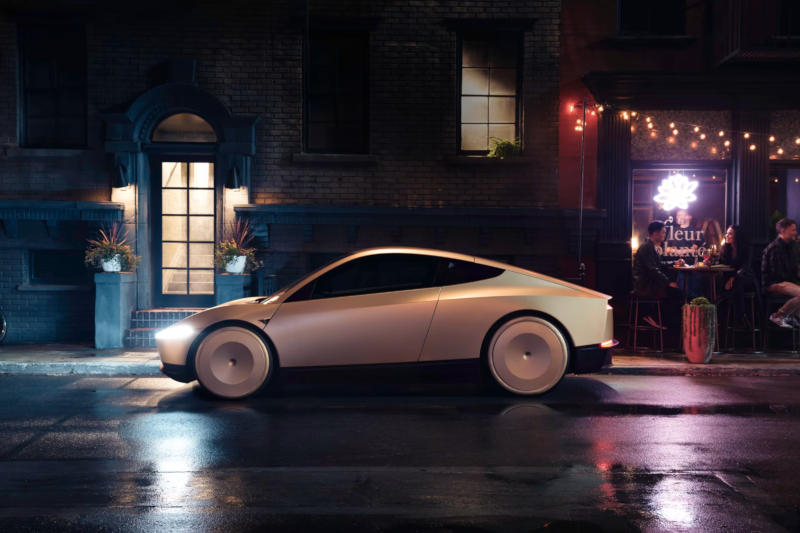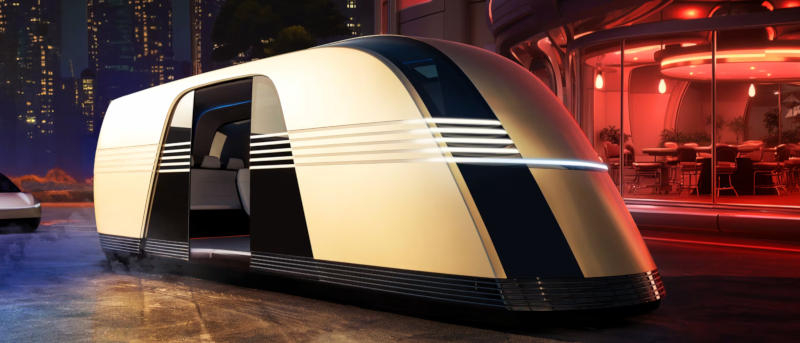Sales of Tesla electric vehicles have fallen this year, and the company’s CEO Elon Musk has decided to bet on self-driving taxis, although the automaker will have to overcome many technological and regulatory obstacles to deploy these vehicles. The election of Donald Trump as US President may be a positive factor, writes Reuters.

Image source: tesla.com
A big problem for Tesla is the diversity of US state laws on unmanned vehicles – Musk called this situation “incredibly painful”, because it is really difficult to obtain permission in each subject separately. So a businessman who supported Trump during the presidential campaign can now use his influence to pass federal regulations on driving self-driving cars.
Currently, the most progressive state regarding driverless vehicles is California, which is also the largest market for Tesla electric vehicles in the United States. In this region, the company is significantly inferior to the largest players: according to official documents, the total mileage of its unmanned vehicles during tests since 2016 was only 562 miles (904.5 km), and since 2019, reports have not been submitted to California regulatory authorities at all. By comparison, Waymo (owned by Alphabet) logged more than 13 million miles (20.9 million km) from 2014 to 2023; Zoox (owned by Amazon) – 1.6 million miles (2.57 million km) over three years; Cruise (part of General Motors) – more than 2.1 million miles (3.38 million km) in five years. Tesla currently has the lowest level of approval in California, requiring a human driver to be behind the wheel. There is an opinion that its Full Self-Driving (FSD) system is not even close to being ready to support robotaxis.
Tesla has for years promoted subsidies for electric vehicles and other incentives, and has also tried to push through a federal standard for self-driving technology, but its efforts have so far yielded no results. Under the Trump administration, the National Highway Traffic Safety Administration (NHTSA, part of the Department of Transportation), which oversees this segment, may develop these standards, but it is not yet clear whether the regulator can prevent state authorities from adopting more stringent standards. The federal agency has traditionally regulated vehicle design, while local authorities have controlled drivers and traffic laws—it’s unclear how jurisdictions should be divided when the driver is the car itself.

Regulating self-driving cars nationally is more important for Tesla than for its competitors because the company has a different business model: It aims to sell millions of cars that can drive themselves anywhere on Earth. And other self-driving technology companies operate robotaxi fleets in certain areas of certain cities; they equip cars with extensive sets of sensors, while Tesla hopes to limit itself only to computer vision and artificial intelligence. Deploying the “robotaxi network” that Musk talked about would require the support of California authorities – 37% of all Teslas in the US are located in this state, but the company has not yet sought permission to test or operate such machines.
There will be no less problems in other states – even in Texas, where restrictions are less stringent and municipalities are unable to regulate autonomous vehicles. When Tesla declares that its cars are fully autonomous, it will be taking on a huge legal liability. Until now, when drivers using FSD have been involved in accidents, the company has defended itself from lawsuits and regulatory investigations by blaming the drivers: Tesla claimed that it warned them to be careful because the system is not a full-fledged autopilot. Another important aspect is insurance. The average consumer does not yet have the opportunity to purchase a fully driverless vehicle, so there is no special insurance plan for such a car. Robotaxi fleet operators currently receive insurance at corporate rates or register it as insurance for unusual cases.
Finally, different states in the United States have different regulations. Some, like Texas, have no barriers to driverless vehicles at all; Nevada requires special certification and the presence of a driver in the cabin; Kentucky and South Dakota require that a self-driving car be able to safely pull off the road if a problem occurs. And in 15 out of 50 states, driverless vehicles are not included in the legislation at all. That’s also a problem: Less stringent or no regulations make it impossible for developers of autopilot systems to claim that they comply with strict government safety standards. California’s strict regulations, on the other hand, work in favor of such operators, protecting their interests if there is “substantial” evidence of innocence if an incident occurs.